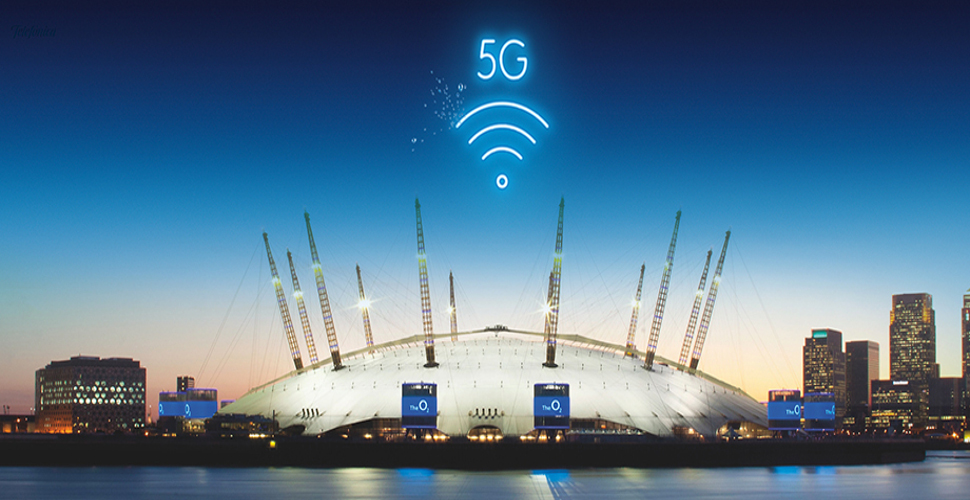Vodafone and O2 team up on 5G network sharing
Two operators look at options for mast infrastructure as they extend network sharing deal to cover 5G

Vodafone and O2 have extended and widened their mobile infrastructure sharing partnership so it covers 5G and so the operators can further monetise their network assets
The existing network sharing partnership has been extended and will now include 5G at joint-radio sites, allowing each operator to more rapidly rollout 5G services to more locations and at a lower cost.
The deal also includes measures to upgrade sites with fibre connectivity, lowering the latency of 5G networks, and to give both companies access to a wider choice of network partners.
CTIL
CTIL was established in 2012 as a vehicle to pool basic parts of O2 and Vodafone’s network infrastructure. Each operator would retain control over their own Radio Access Network (RAN), spectrum, core networks and customer data, and there was an initial target of 18,500 sites.
Originally, O2 took the west of the country (and Northern Ireland) while Vodafone took the east of the country. Each operator was responsible for upgrading masts in their ‘zones’ while duplicate sites were eliminated. EE and Three have a similar network sharing arrangement called MBNL.
However, London has since been excluded from this arrangement. Previously, O2 was responsible for North London, while Vodafone covered the South. Now, each firm rolls out their own infrastructure across the capital.
New agreement
O2 and Vodafone now want to devolve further activities to CTIL, giving the entity an “enhanced” role in the operation of this passive infrastructure to improve the efficiency of its operations. CTIL will also look at securing third-party tenants to its towers, boosting revenues.
SIGN UP FOR E-MAIL NEWSLETTERS
Get up to speed with 5G, and discover the latest deals, news, and insight!
“We believe that these plans will generate significant benefits for our business and our customers as we move into the digital era of connected devices, appliances and systems on a mass scale,” said Vodafone UK CEO Nick Jeffrey. “Customers will benefit from the best 5G experience available and we will deliver even faster speeds by using our spectrum holding more effectively.”
“I’m excited by the potential of these plans to meet the future needs of our customers while delivering value for our business,” added O2 CEO Mark Evans. “In addition, these plans would allow us to utilise the spectrum we acquired in the last auction very effectively.”
Mast sale
It’s unclear whether CTIL could be sold. Late last year, Vodafone Group CEO Nick Read confirmed the company was investigating options for its mast tower network across Europe, with its 58,000 masts moved into a separate business unit.
“The goal is to create an internal tower business within Vodafone,” explained Read in November. “Rather than being country-by-country they will report to an internal group because it encourages efficiencies of those assets.
“We’re more open to sharing passive infrastructure such as towers in urban areas and then outside more complex environments such as rural areas we’re open to RAN sharing for 5G.
“I think it’s important we retain control of those assets. Would we consider minority interest or specific formulas? Yes. [But] I think we’d be reluctant to lose strategic control.”
- Here are the best Vodafone mobile deals for January 2019
Steve McCaskill is a former editor of Silicon UK, and is an experienced journalist. Over the last eight years Steve has written about technology, in particular, telecoms, mobile, sports tech, video games and media.

